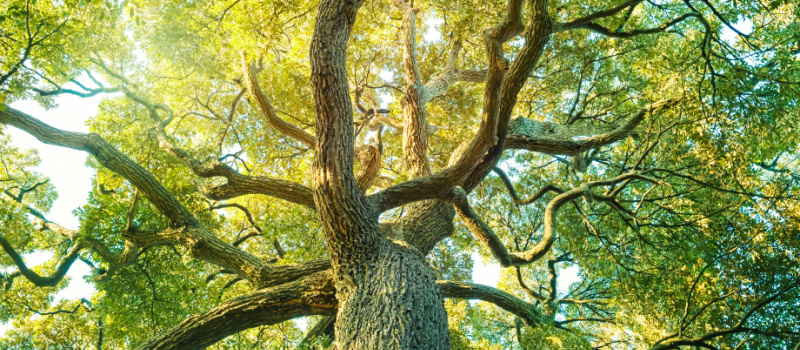What Are the Top Signs I Have an Insect Problem in My Trees?

Healthy trees contribute to the beauty and vitality of any landscape. However, trees are not immune to insect infestations, which can cause significant damage if left untreated. Insects such as beetles, caterpillars, and borers can wreak havoc on trees, compromising their health and even leading to their demise. As a tree owner, it's essential to be aware of the signs that indicate an insect problem. By recognizing these signs early on, you can take appropriate action and protect your trees from further damage. Here are the top signs to look out for:
Leaf Damage
Leaf damage is one of the most apparent signs of an insect problem in trees. Insects may feed on the leaves, causing irregular holes, skeletonization (leaving only the veins), or complete defoliation. It may indicate an insect infestation if you notice unusual leaf patterns, premature leaf drop, or significant leaf loss.
Discolored or Stunted Growth
Insects can disrupt the tree's ability to absorb nutrients and water, leading to discolored or stunted growth. Look for leaves that appear yellow or brown or have unusual discoloration patterns. Additionally, if your tree is not growing as vigorously as it should or is producing smaller and fewer leaves than usual, it could be a sign of an insect problem.
Bark Damage
Some insects, such as borers, bore into the bark of trees, causing extensive damage. Look for holes, tunnels, or sawdust-like frass on the bark. In severe cases, you may even notice oozing sap or gummosis, a sticky substance produced by the tree in response to the insect activity.
Presence of Insects or Larvae
Sometimes, you may spot the insects themselves or their larvae on the tree. Look for small, crawling or chewing insects on the leaves, branches, or trunk. Some insects may also leave behind webbing or silk-like materials as they move around the tree.
Weakened Branches or Dieback
Insect infestations can weaken tree branches, making them more susceptible to breakage. Look for signs of branch dieback, where sections of branches or entire branches show a lack of foliage or appear dried out. Weak or damaged branches can also become entry points for other pests or diseases, compromising the tree's health.
Gall Formation
Galls are abnormal growths on the leaves, stems, or branches of trees caused by certain insects. These growths can vary in size, shape, and color. While galls are not always harmful to the tree, they can indicate the presence of specific insects and may lead to aesthetic concerns or affect tree vigor in severe cases.
Sawdust or Frass
Some insects, particularly wood-boring insects, produce sawdust or frass as they tunnel through the tree's wood. Look for small piles of fine sawdust or a powdery substance near the tree's base or around branch junctions. This sawdust or frass can serve as a clear indicator of wood-boring insect activity.
Unusual Tree Behavior
Pay attention to any abnormal behavior exhibited by your tree. For instance, if your deciduous tree retains its leaves during the winter or if your tree is not leafing out during its normal growth period, it could be a sign of an insect problem. These abnormal behaviors can be attributed to the stress and damage caused by insects.
If you suspect an insect problem in your trees, it is crucial to take action promptly to prevent further damage to your trees and surrounding plants. Calling a professional tree and lawn care company with experience dealing with insect problems is crucial for accurate identification and effective treatment. Don't delay; contact The Experienced Gardener today for expert assistance in protecting your trees from harmful insects.


